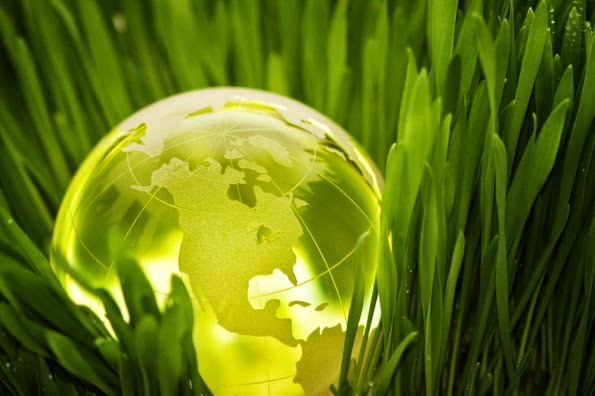
Wind - Suzlon Energy proposes $392 million wind farm for New South Wales, Australia - Renewable Energy Magazine, at the heart of clean energy journalism

Researchers are creating a new type of solar cell designed to self-repair like natural photosynthetic systems in plants by using carbon nanotubes and DNA, an approach aimed at increasing service life and reducing cost.

Wind - Global wind industry growing strongly, led by Asia - Renewable Energy Magazine, at the heart of clean energy journalism

Panorama - Algeria to invest $60 billion in renewable energy through 2030 - Renewable Energy Magazine, at the heart of clean energy journalism

Scientists have created an air-conditioned greenhouse using alternative energy.

Venezula could install as much as 1,600 MW of wind power generation by 2015-20, according to a key industry source that wished to remain nameless. He added that the country is making progress in pursuing three projects that could add as much as 300 MW in the next couple of years.

Rapid energy transformation at the national level is possible. Transformation is also necessary if we are to mitigate the impacts of climate change and peak oil. The kind of transformation we need in the U.S. has been demonstrated vividly by an increasing number of nations shifting rapidly to a renewable energy economy. Spain and Portugal are currently the most powerful examples of this transformation.

In 2004, Argentina received a wake up call. The Latin American nation experienced a deep energy crisis as a result of a shortage in natural gas caused by the demand for energy skyrocketing and outstripping supply. Since then the country has made a conscious effort to diversify its energy sources, with wind power attracting particular attention.

When it comes to breaking down plant matter and converting it to energy, the cow has it all figured out. Its digestive system allows it to eat more than 150 pounds of plant matter every day. Now researchers report that they have found dozens of previously unknown microbial enzymes in the bovine rumen -- the cow